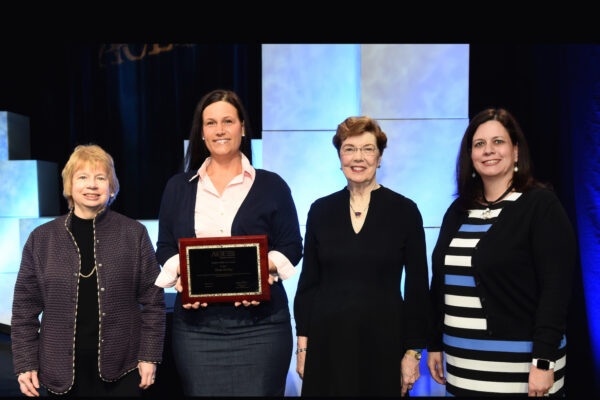Recommendations for States to Address Postsecondary Affordability
Authors: Lauren Asher, Nate Johnson, Marissa Molina, and Kristin D. Hultquist
Source: HCM Strategists
An October 2024 report, Beyond Sticker Prices: How States Can Make Postsecondary Education More Affordable, reviews data to evaluate affordability of postsecondary education across nine states, including Alabama, California, Indiana, Louisiana, Ohio, Oklahoma, Texas, Virginia, and Washington.
The authors emphasize the importance of considering net price, or the full cost of attendance less total aid. Depending on the state, low-income students pay 16-27 percent of their total family income to attend community college.
At public four-year colleges with high net prices, students with family income of $30,000-48,000 py more than half of their income (51-53 percent) for school in two of the nine states. Four-year colleges with low net prices show cost variability based on whether a student is the lowest income, earning $0-30,000, or has $30,000-48,000 in income. Students in the former group pay 21-27 percent of their family income toward education, while students in the latter group pay 40-41 percent of their income.
The brief recommends that policymakers take the following issues into account:
- The way states fund public institutions is critical for low-income students. Consider increasing funding for community colleges as well as evaluating how student income factors into allocation of state funds.
- Tuition policy is integral to making decisions about postsecondary education. Public perception of college affordability is influenced by tuition costs. States have the power to set limits on how much institutions can raise or change costs, but states also must be careful not to limit institutions from charging what they require to adequately support students’ needs.
- Transparency and consistency among financial aid programs increase their reach. States should consider making financial aid programs more readily understandable. State financial aid policies should also increase flexibility to adjust for transferring, length of time to graduate, and financial aid from other sources.
- How states support basic needs affects students’ ability to afford attending college. Policies at the state level can offer students more options for paying for food, housing, caregiving, and more.
To read the full report, click here.
—Kara Seidel
If you have any questions or comments about this blog post, please contact us.


